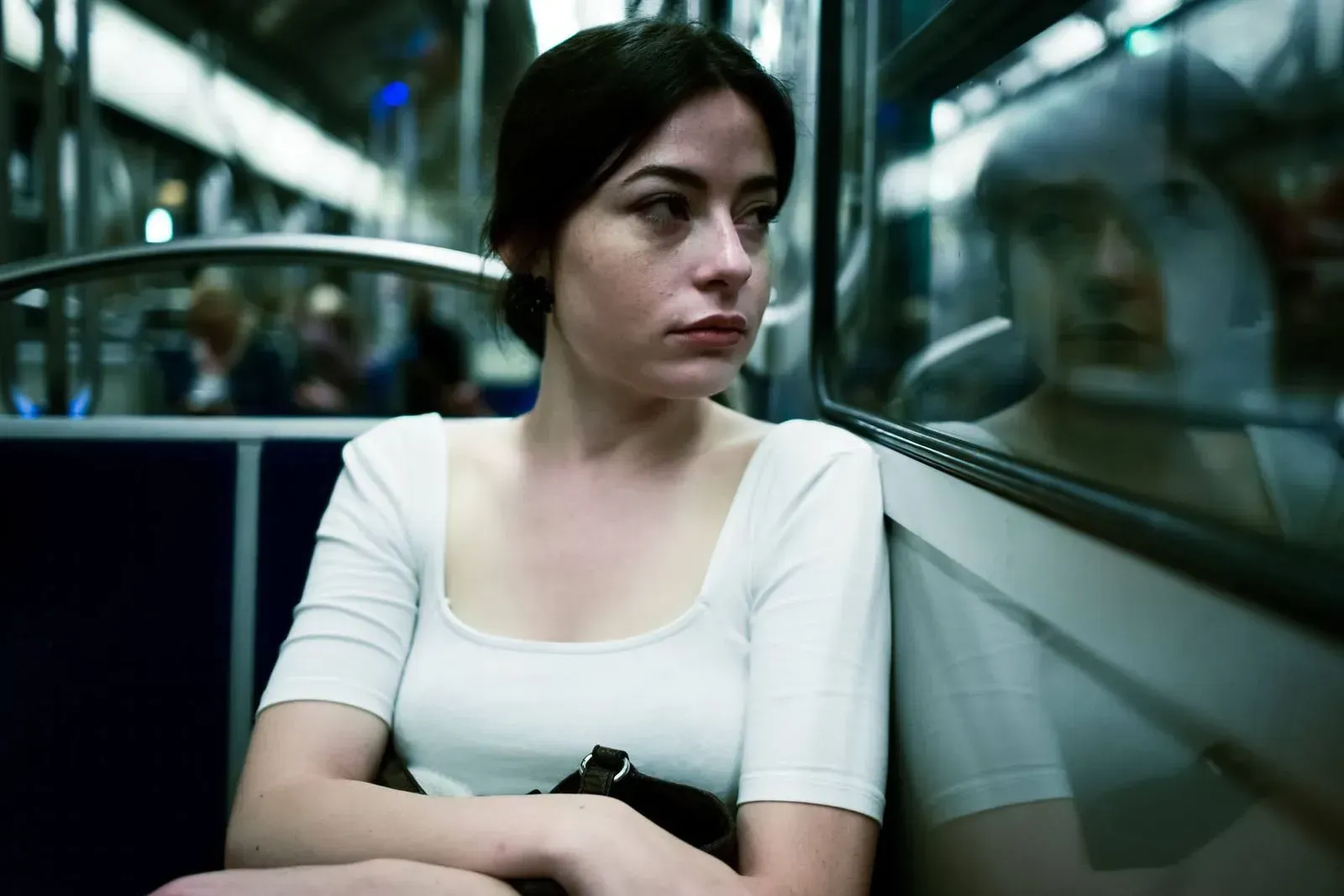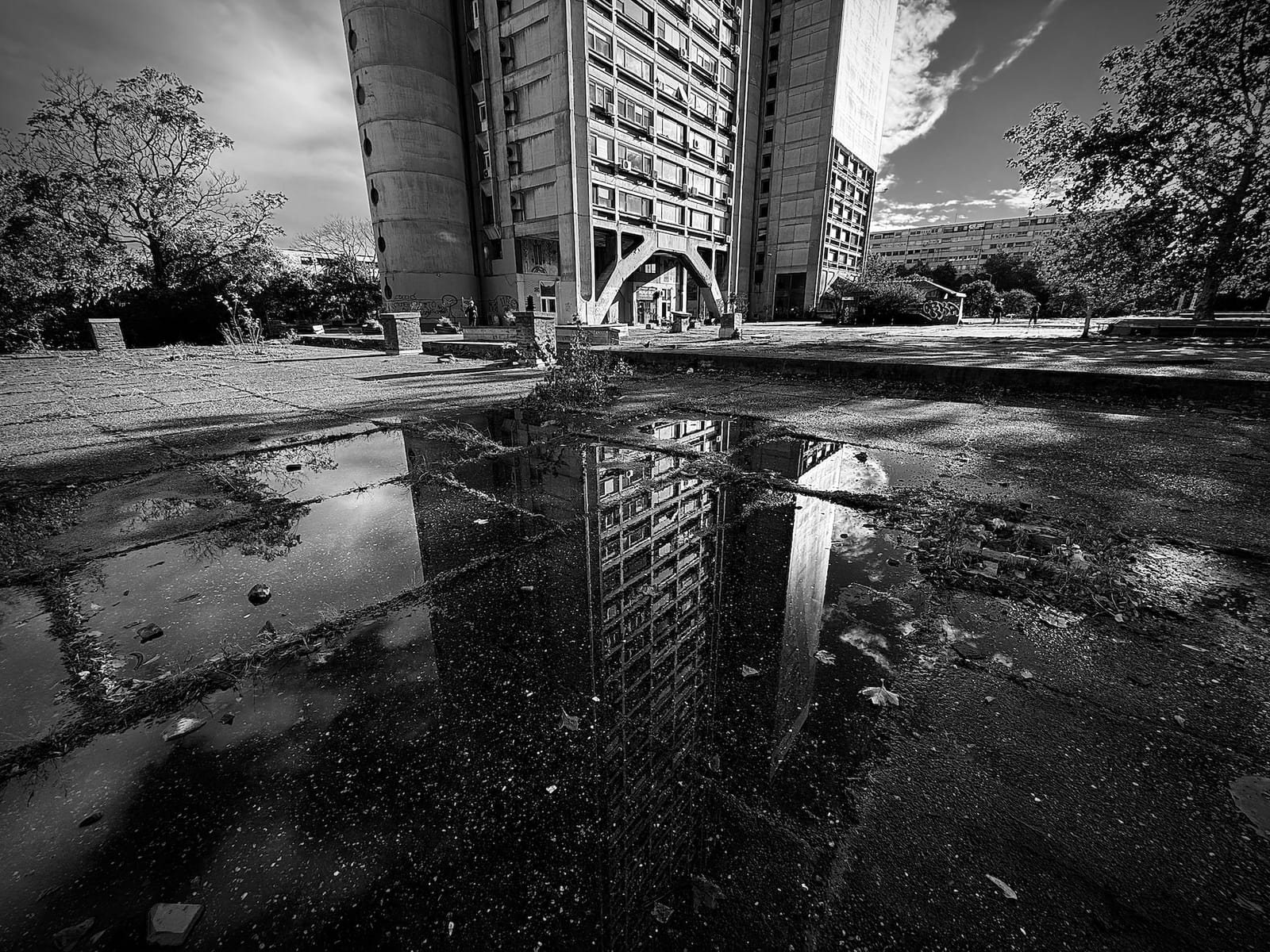Have you noticed that every time you share a link on social media, you encounter a small act of representation: it's called the OpenGraph image. Who knew? Well, that preview thumbnail, typically 1200x630 pixels serves as a visual ambassador for the content behind the click. For a business website, the choice feels straightforward - select something that encapsulates your brand, your offer, your promise. But for a personal blog that documents an ongoing journey through life, the question becomes unexpectedly philosophical: which single moment gets to represent the whole?
The Gatekeeper's Dilemma
When I chose the OpenGraph image for this blog (shown above), I realise I was consciously performing the role of intellectual gatekeeper. I selected something intended to capture an enigma, to create a particular atmospheric threshold for visitors. This wasn't accidental or casual - it was a deliberate act of framing, an assertion of authorial control over how my work would be encountered before it was even read.
My pals, the postmodernists, would recognise this gesture immediately. Roland Barthes spoke of the "death of the author," arguing that meaning is created not by authorial intention but through the reader's encounter with the text. Yet here I was, trying to pre-load that encounter with carefully chosen mystique, attempting to control the "readerly" experience before it even began.
I was resisting that death, wielding power at its most concentrated: the image that precedes the text, the vibe before the content.
Baudrillard might point out something altogether more troubling - that the OpenGraph image functions as the ultimate simulacrum. It doesn't merely represent the content; in many cases, it replaces it entirely. How many people see the preview in their feed and never click through? The image becomes more real than what it references. In which case my carefully chosen enigma stops being a pointer and becomes the thing itself, a self-contained sign floating free of its referent.
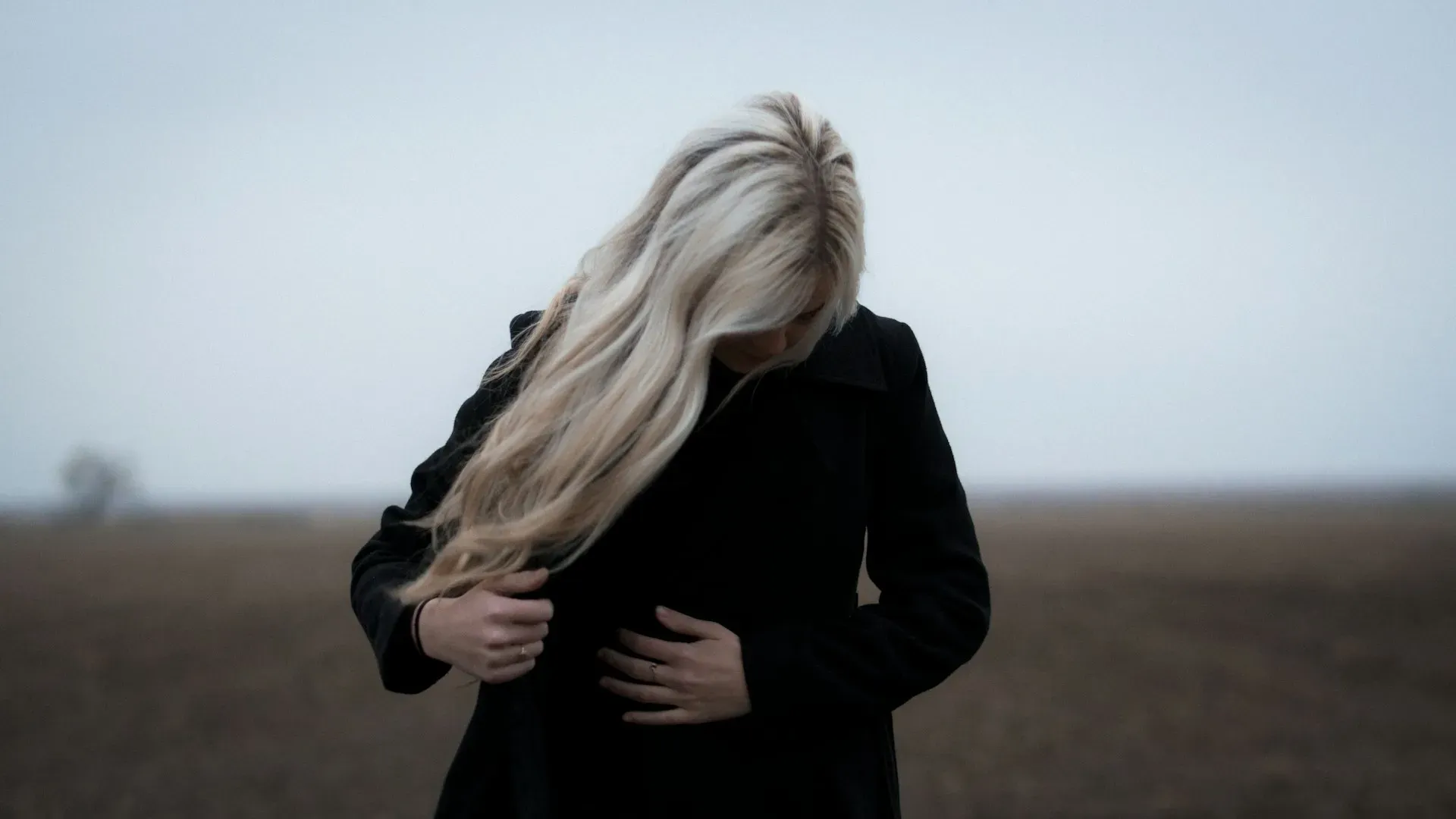

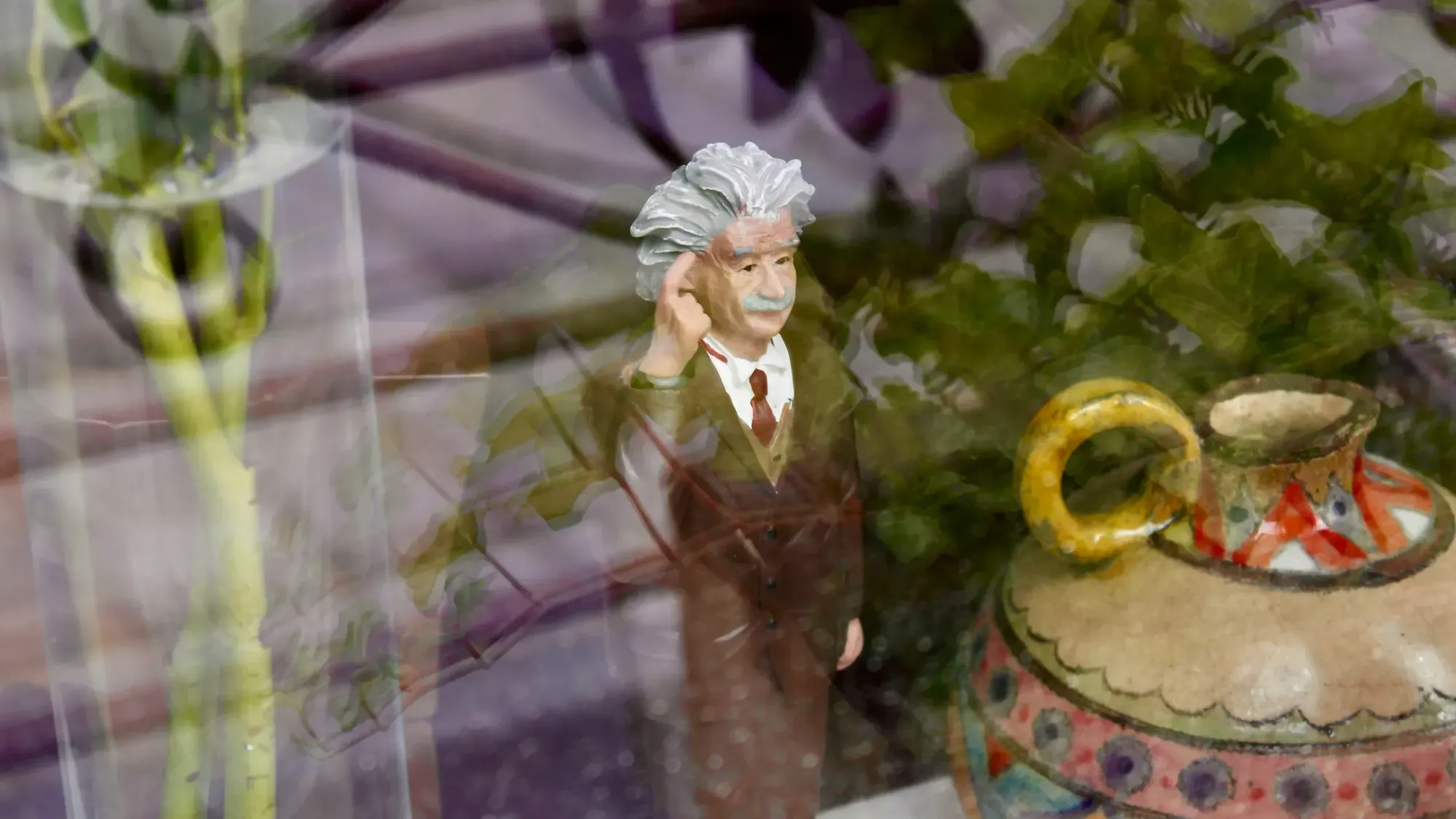

Recent Featured Images from reticulate [ntwx]
The Myth of the Speaking Image
There's a persistent cultural belief that "a picture speaks a thousand words" - that images possess some inherent richness of meaning, some direct communicative power that exceeds language. But this romantic notion collapses under scrutiny. Images don't speak at all. They wait, silently, until we speak for them, through them, about them.
My OpenGraph image says exactly what I want it to say only in that fleeting moment of authorial intention - the instant I upload it and attach my meaning to it. But the second it enters circulation, it's cut loose. Every viewer brings their own cultural codes, personal associations, contextual frameworks to it. The enigma I intended might read as pretension to one person, intrigue to another, confusion to a third. The image becomes a contested site of meaning-making, and I am no longer in control.
This makes me think: can images really be silent? We use the metaphor constantly - silent films, the "silent" visual as opposed to the "noisy" verbal. But if images are always-already embedded in systems of meaning, always being read and interpreted, always generating associations and echoes, then perhaps they're never truly silent. They're constantly speaking, or being spoken through. They simply speak in a different register than words, one more ambient and diffuse, hovering in a space of potential signification without quite arriving at explicit propositional meaning.
Perhaps the fantasy of the "silent image" is itself a kind of mystification - a way of protecting images from the scrutiny we'd give to explicit claims. "It's just an image," we say, "it doesn't say anything" - but of course it does. It argues, persuades, includes, excludes, frames, and judges.
The Beautiful Horror
There's something I've come to think of as "the beautiful horror" of the OpenGraph image - and it's a distinctly postmodern affect. The beauty lies in the craft: you create this perfect encapsulation, this aesthetic object radiating intentionality. It's sleek, functional across platforms, atmospheric. There's genuine pleasure in making something that works exactly as you designed it.
The horror emerges the moment you release it into circulation. It becomes unmoored from your intention. It represents you in contexts you can't predict or control. It might be screenshotted, memed, misunderstood, or simply ignored (as the stats for my blog would confirm). The thing you made to clarify your meaning becomes another site of ambiguity and slippage.
This isn't gothic horror with monsters and shadows - it's the horror of dispersal, of authorial death, of semantic instability. You're confronting the fundamental fact that you don't control meaning-making, that communication is always already compromised, that the tools designed to optimise representation actually multiply the sites of misrepresentation.
And yet you cannot not choose.
Silence - declining to set an OpenGraph image - is also a choice, also interpreted, also meaningful. There's no escape from the game. You've willingly built a trap for yourself, beautiful in its craft and horrible in its inevitable escape from your control.
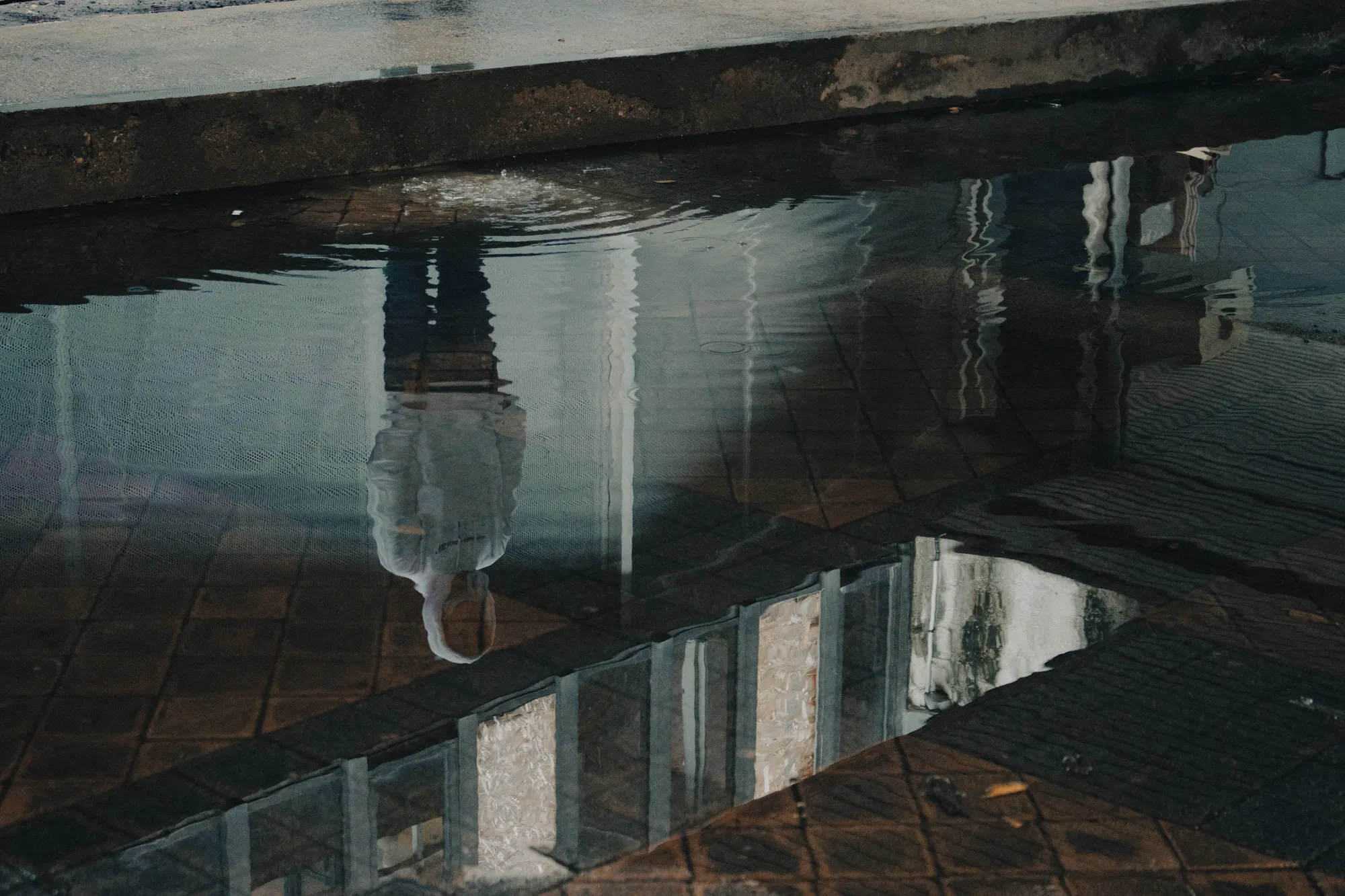

More recent featured images
Curating the Self
My blog then, exists as a curated exhibition of self - but which self? The self who writes, the self who selects images, the self who arranges their juxtaposition, or the self that emerges from that arrangement? I am simultaneously director and material, constructing a persona through careful aesthetic choices while that persona remains genuinely me, or at least some version of me that exists in the act of creating.
The juxtaposition of words and images creates something specific: resonance and friction. Words pin down while images evoke. Words argue while images create atmosphere. Placed together carefully, they generate a kind of stereo effect - two channels of meaning that readers must synthesise themselves. In essence, I'm not just telling you what I think; I'm showing you how to feel while thinking it, orchestrating an experience rather than delivering information.
But here's the complication: I'm directing a performance that only fully comes into being when someone else witnesses it. The blog-as-artefact exists on the server, static and complete. The blog-as-experience only happens in the encounter between my carefully chosen elements and someone else's interpretive framework. I've staged everything, but the performance completes itself in the audience. I'm the director of an improvisational piece where the other actors don't know their lines, and I can't control what they bring to the stage.
My careful image selection isn't about maintaining control - it's about honouring complexity. It's an acknowledgment that what I'm documenting resists simple representation.
The Infrastructure of Stability
And here's where the technical and philosophical dimensions collide in the most frustrating way. In an ideal world, my OpenGraph image would change every time the page was accessed, perhaps even be randomised. This would be honest. It would say: "This space resists singular representation. The complexity here can't be frozen. Every encounter is different." It would weaponise the instability instead of fighting it, building the inadequacy of representation into the representation itself.
But OpenGraph images don't work that way by design. They're meant to be cached, stable and consistent - because platforms want reliable previews for their algorithms and user experience. Facebook, Twitter, LinkedIn etc all cache that image aggressively. Even if I randomised it server-side, most users would see whatever version got cached first.
The technology itself enforces false stability.
The infrastructure is built on the assumption that content has a definitive, cacheable representation.
My blog, if it does anything, documents my journey through life - or more specifically, my performance in what I think of as the ultimate performance of performances: living itself. Yet I'm confined to this sense of stability, this cached reality that fundamentally misrepresents the nature of what I'm doing.

The Impossible Solution
If I did go ahead and implement rotation, I'd be performing a kind of resistance against the medium itself, wouldn't I? Some people would see one image, some another, some would see stale cached versions from weeks prior. It would create a fragmentary, inconsistent encounter - which might actually be more honest about what my blog is than any single "perfect" image could be.
That very impossibility might be the point. The OpenGraph protocol is fundamentally at odds with documentation of ongoing becoming. It wants a book cover for something that refuses to be a book. It demands I choose which moment of self gets frozen and distributed, which performance stands in for all performances, which frame contains the uncontainable.
There's something Brechtian about making this contradiction visible - showing the scaffolding while the play continues, acknowledging the constructedness of representation while still participating in it. I'm not pretending the frame isn't there or claiming some pure, unmediated access to my content. I'm acknowledging that someone chose this, that framing is happening, that intention is at work - even as I recognise that intention will inevitably be exceeded, escaped, rewritten.
In the end then, the OpenGraph image becomes a perfect little symbol for the broader paradox of digital self-documentation: we use tools designed for stability to capture lives defined by flux, tools built for singular representation to express multiplicities, tools that demand we freeze moments to document flows.
We perform ourselves within infrastructures that fundamentally misunderstand what performance is.
And yet we keep choosing images, keep curating, keep directing our impossible plays. Because even a flawed, frozen, cached representation is still a gesture toward connection, toward being witnessed, toward the always-failing, always-necessary attempt to say: this is what it's like, being here, being this, being now.
